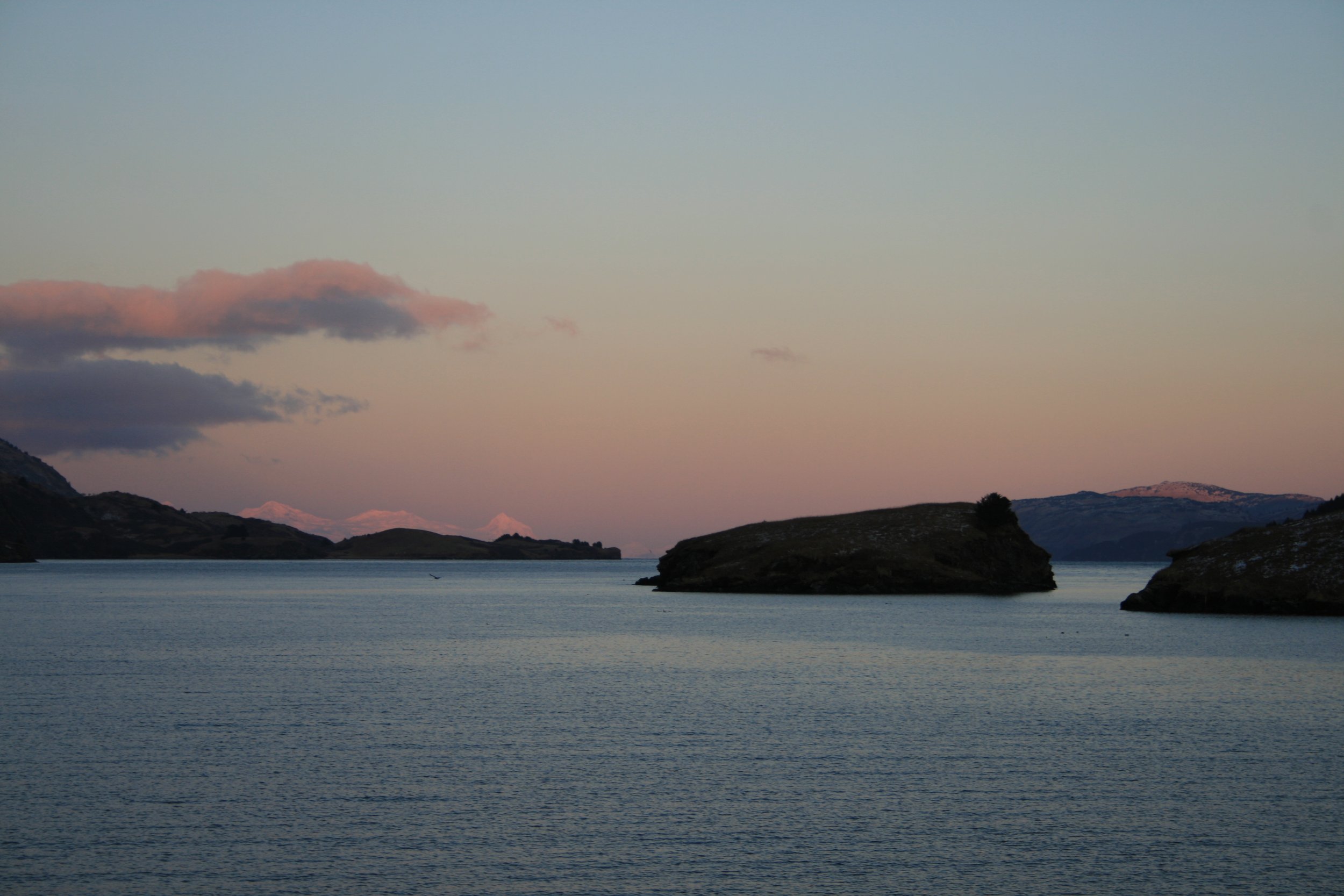
The Moose Hunting Page
Moose are among the most popular species to hunt in Alaska with both resident and non-residents alike. They are both plentiful and iconic, making them our staple annual game animal as well as highly prized trophies.
There are many things to consider when planning a moose hunt in Alaska, bow or rifle, caliber, mode of travel, regulations, temperature, available time and potable meat/trophy requirement are just a few.
Large Alaska bulls can weigh 1200 pounds and have up to 600 pounds of salvageable meat, as in these, 67 inch and 74 inch, moose. Moose like this may have to be passed up if getting the meat back out of the bush is not possible. Many times packing the meat out will need to be by back pack. Getting the meat out after the shot is taken has to be considered.
Smaller antlered moose are very good eating, but minimum size limits apply throughout almost all of Alaska. Be sure which ones apply to you.
It isn’t necessary to buy a special rifle for your moose hunt, any caliber from 30.06 to .338 Win Mag. are fine. More important to consider is what else you might be hunting or what you might encounter on your moose hunt and load for that. For instance if Dall sheep is among the species you might be hunting, lean toward something on the fast and flat side like .300 Win Mag. If coastal brown bear is on your list of things you want to hunt, lean more toward .338 Win.
As in hunting all of Alaska’s big game, access is likely the biggest obstacle to that needs to be considered. In my opinion, the farther you go out, the more rewarding your hunt is likely to be. Mode of transportation and time to hunt are likely to have the most effect on the quality of your experience. Moose hunting areas are commonly accessed by highway and off-road-vehicle, jet boat, airplane, floating rivers and horses or a combination of any of them.
To many Alaskan, a moose hunt is not a hunt of a lifetime but an annual thing to fill the freezer. In which case, when a quality wilderness experience is not the focus, it’s not as important to have lots of time to do it or go far afield. A few days during the latter part of the season and highway access is all it takes. In the end of the season, it’s colder, more leaves are off of the trees and bulls are in rut. It’s much easier to get and keep the meat cool, see moose and trick them into coming into view with moose calling.
Motus Operandi
There are, of course lots of ways to hunt moose. Some people like to hunt moose by way of their mode of transportation, for instance while floating a river, while running a jet boat, etc. It’s far more effective to use transportation to reach observation points elevated above the surrounding terrain and glass from there. While on the river, you will see a very small percent of what is around you and only what is on the river, but from above it, you can see far back away from the river.
Once, while on a hunt in a large willow flat that ran for hundreds of square miles, the best we could do is climb the highest willows around us and call for moose. I guided for 67 in bull that way. Another time, in the same flat, from only a few feet above the willows, I spotted a very good bull, My hunter got a 74 inch bull that we never would have seen if we hadn’t had the advantage of just a few feet.
We have gotten numerous moose by using boats to get to look-out knobs and glassing vast amounts of habitat from there. I have gotten a few moose by hunting from river level but comparatively few. A very popular way to hunt moose in Alaska is to build stands, to gain elevation, at the edges of large swamps and meadows where moose feed and silently wait or call from there. Calling moose, with either a cow or bull call, is a very effective way to attract moose and make them show themselves.






